Scotland’s EV public charging network continues to improve but limited vehicle availability and bad PR are hampering the electric revolution.
That is the message from Dundee-based EV sector leader Stephen Trayner.
Stephen is SWARCO’s head of contract operations at the firm’s Dundee base.
SWARCO runs ChargePlace Scotland – the publicly-owned EV charging network.
I spoke to Stephen ahead of the first anniversary of SWARCO taking control of the network from Charge Your Car – billed at the time as the biggest switchover of its kind in the world.
While that process created huge issues for EV drivers, Stephen said reported faults or assistance calls had now dropped to under 2% of charging sessions.
“I hope the drivers are noticing a difference,” he says.
“I’m not going to sit here and say everything is perfect.
“But hopefully as the network continues to expand the proportion of units causing problems decreases.”
EV revolution: 700 new drivers every week
Walking in, SWARCO’s small, modestly-equipped call centre in Dundee’s Michelin Scotland Innovation Parc does not feel immediately like the future.
But successful growth and operation of the charging network is central to Scotland becoming a net zero nation in 2045.
Transport remains the largest cause of Scottish emissions and the most resistant sector to change.
There is a calm buzz of activity on the floor as the SWARCO team talk EV drivers through a range of issues they are experiencing with the now 2,312 point strong public Scottish charging network.
Around 200 new points have come on stream in the first half of this year alone as Scotland’s EV revolution gathers pace.
A large screen shows nobody is waiting on the line for help – a different story from last year.
Around 700 people sign up to join the network every month as Scotland’s EV revolution grows.
But that itself is down from highs of 900 new members a month during last winter.
And while the network’s overall 53,000 members suggests healthy progress, there is an awareness that it is still not enough.
Stephen says the EV industry has not yet reached the “tipping point” where it becomes mainstream.
He links network growth with a range of factors. Charger availability and reliability, yes, but also vehicle availability and some “legacy” bad PR.
“People’s brains are still wired for petrol,” he says.
“There’s still a lot of legacy noise around EVs. There’s range anxiety, that’s a massive one.
“But if you stepped into the car and it says it’s got 200 miles, how’s that any different with how much is left in the tank?
“The chances are – you’ll find a charger someplace.”
EV industry suffering from ‘supply chain’ issues
Brexit has also contributed to a backlog that could see new EV drivers waiting nine months to a year to get the keys to their new vehicle, he says.
“I don’t want to use the Brexit word, but there’s been challenges to the supply chain in EVs.
“We know that EVs coming from European manufacturers have seen some really challenging timelines.
“I can’t speak for dealerships, but there’s a real challenge with getting vehicles on the road rather than the appetite being there.”
He is aware that many customers – especially those travelling in more rural parts of Scotland – still do not receive the right level of service.
And as his company move into its second year in charge of the network, he remains focused on changing that.
“It’s a challenge. About a new unit a day hits the network.
“But it needs to be more. We are aware of that.”
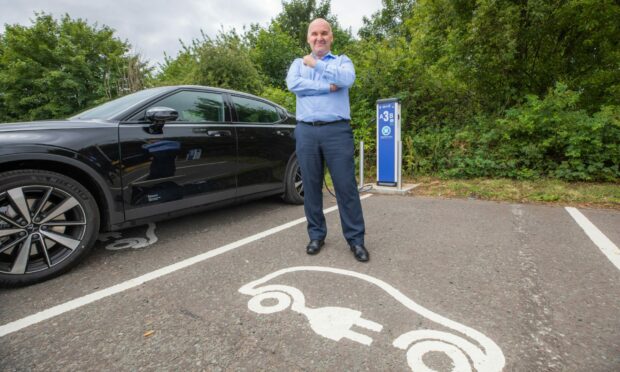
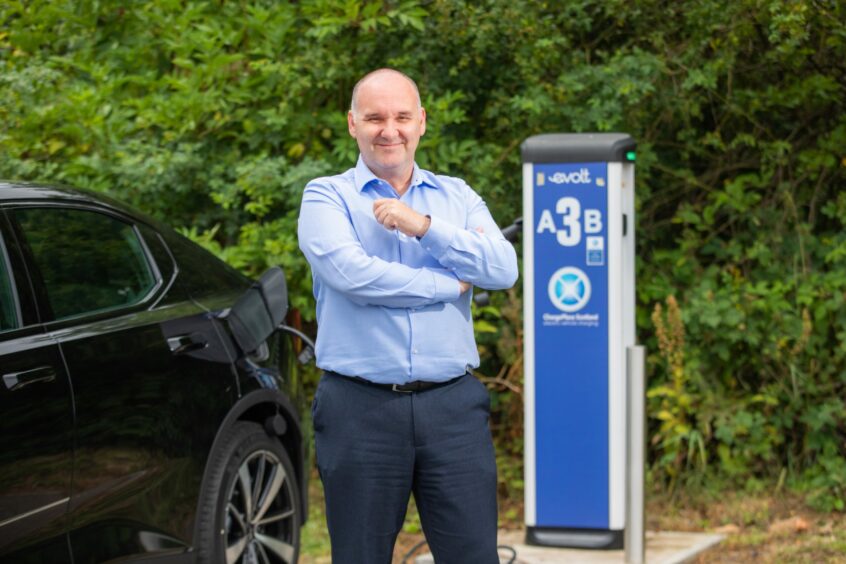

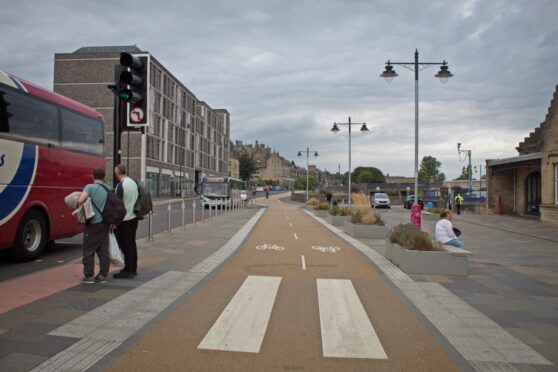

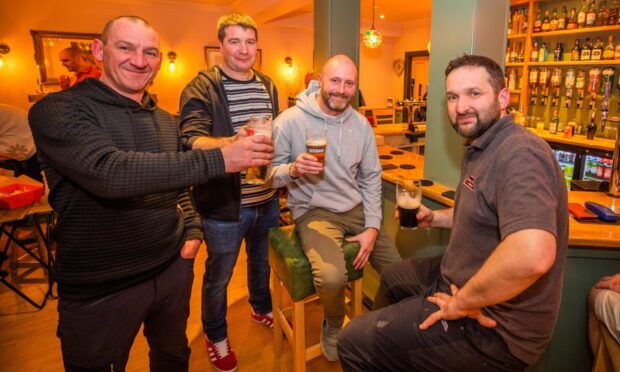
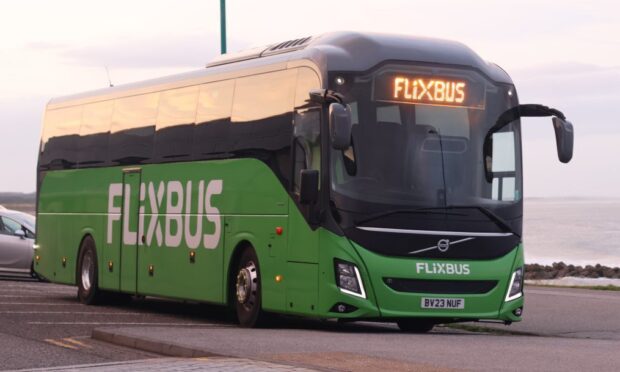
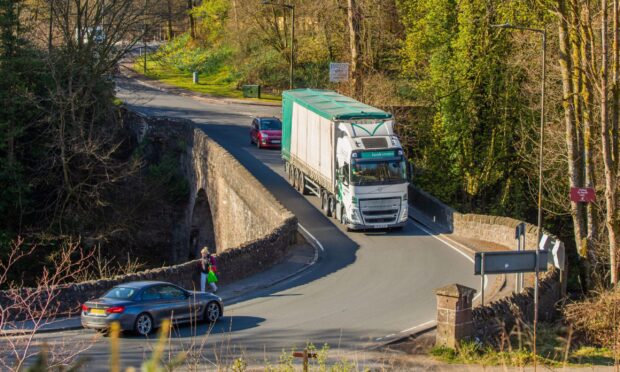
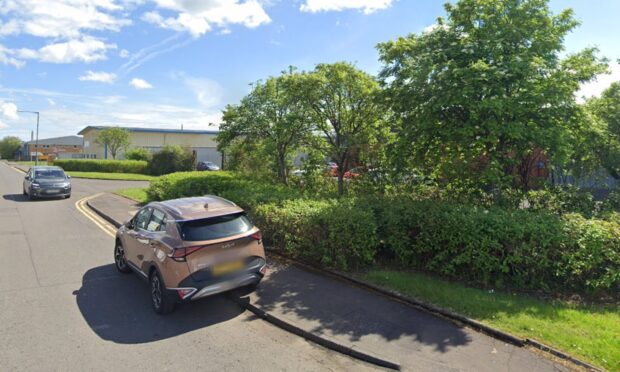



Conversation